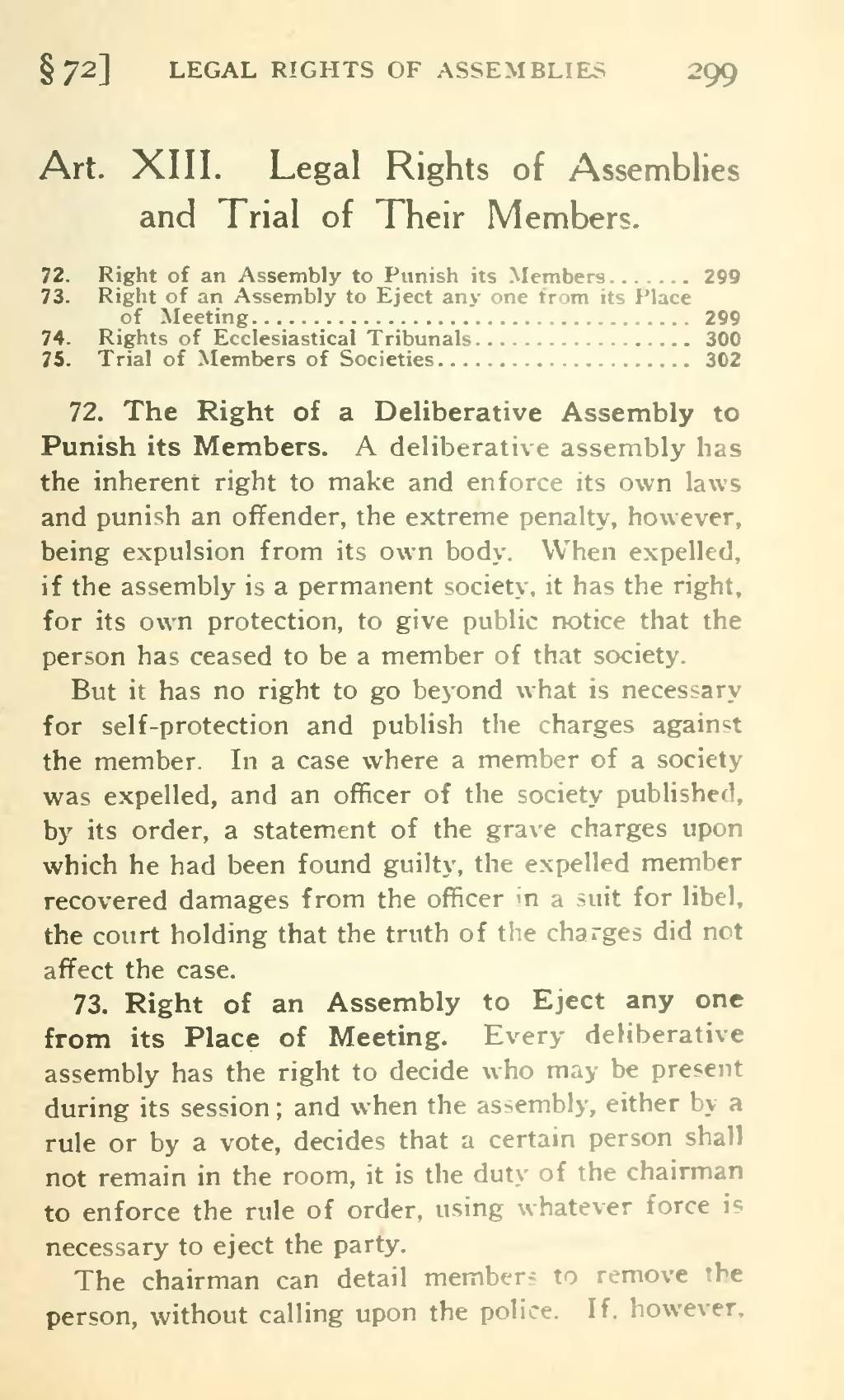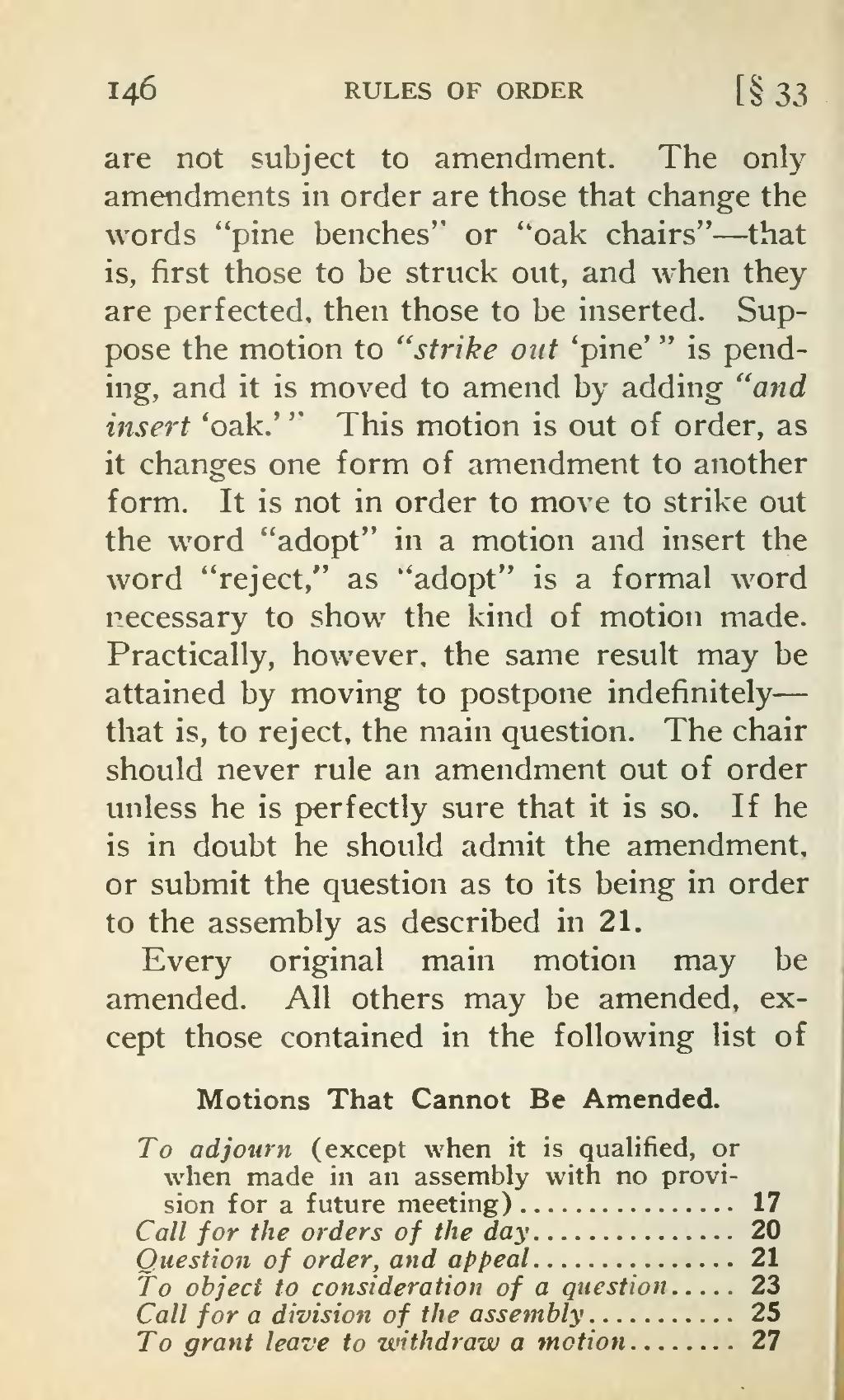VDR is a gene which encodes a vitamin-D receptor protein. This protein regulates calcium absorption as well as bone development. A variant of the gene (rs2228570, FokI polymorphism) is associated with decreased bone mineral density among white prepubescent girls.
The hnRNP C1/C2 component of the nuclear vitamin D receptor complex interacts with promoter regions of genes that are responsive to 1,25-dihydroxyvitamin D3 and can induce their transcription. The interaction is regulated through the reciprocal pattern as well as the temporal on-and-off occupancy of VDRE between the two components. It is also modulated by chromosomal position and binding preferences for specific hormones. Microarray studies on human cells reveal that more than 100 genes contain VDRE. The VDRE is occupied by transcription repressors in the absence of 1,25-dihydroxyvitamin D3. The 1,25-dihydroxyvitamin D3-VDR complex binds to these genes, resulting in the recruitment of hnRNP C1/C2 and other proteins that can compete with the repressors and initiate transcription.
A virtual data room (VDR) is an online repository of data and documents that are relevant to business, legal transactions or proceedings that are restricted in viewing printing, downloading, or viewing. It makes use of central computers and an extranet, which is a restricted-access Internet connection that allows users to login at set times.
VDRs are typically used by investment banks and companies involved in mergers and acquisitions. They need a secure platform for sharing information with potential buyers or investors in a transparent way and the process of due diligence could require huge quantities of data. Life science firms also use VDRs for everything from clinical trials results to HIPAA documentation for compliance.








